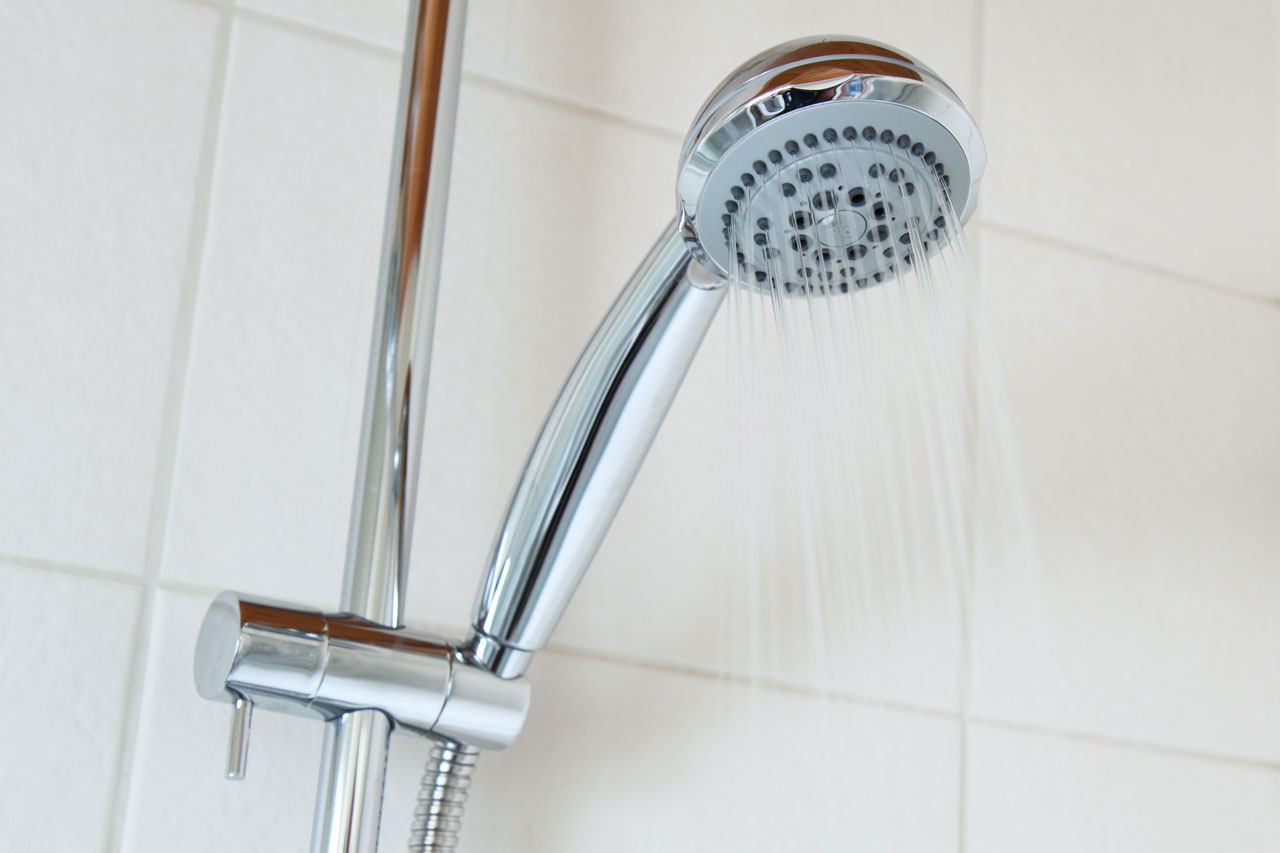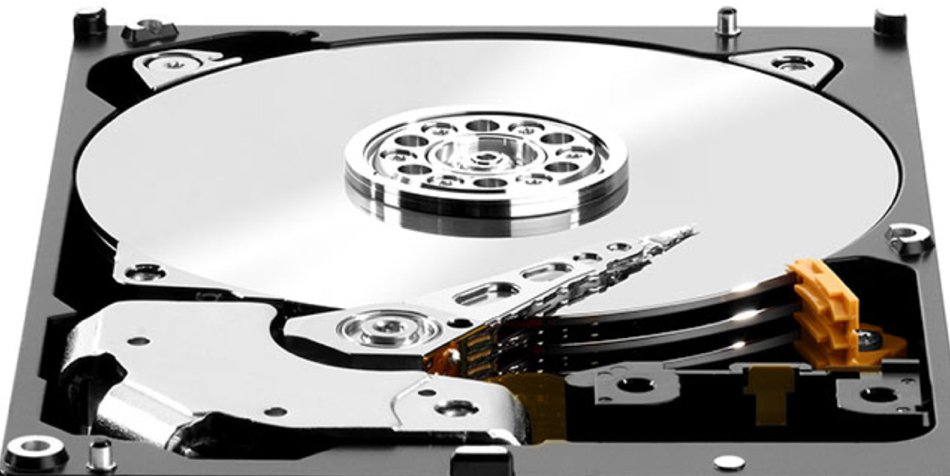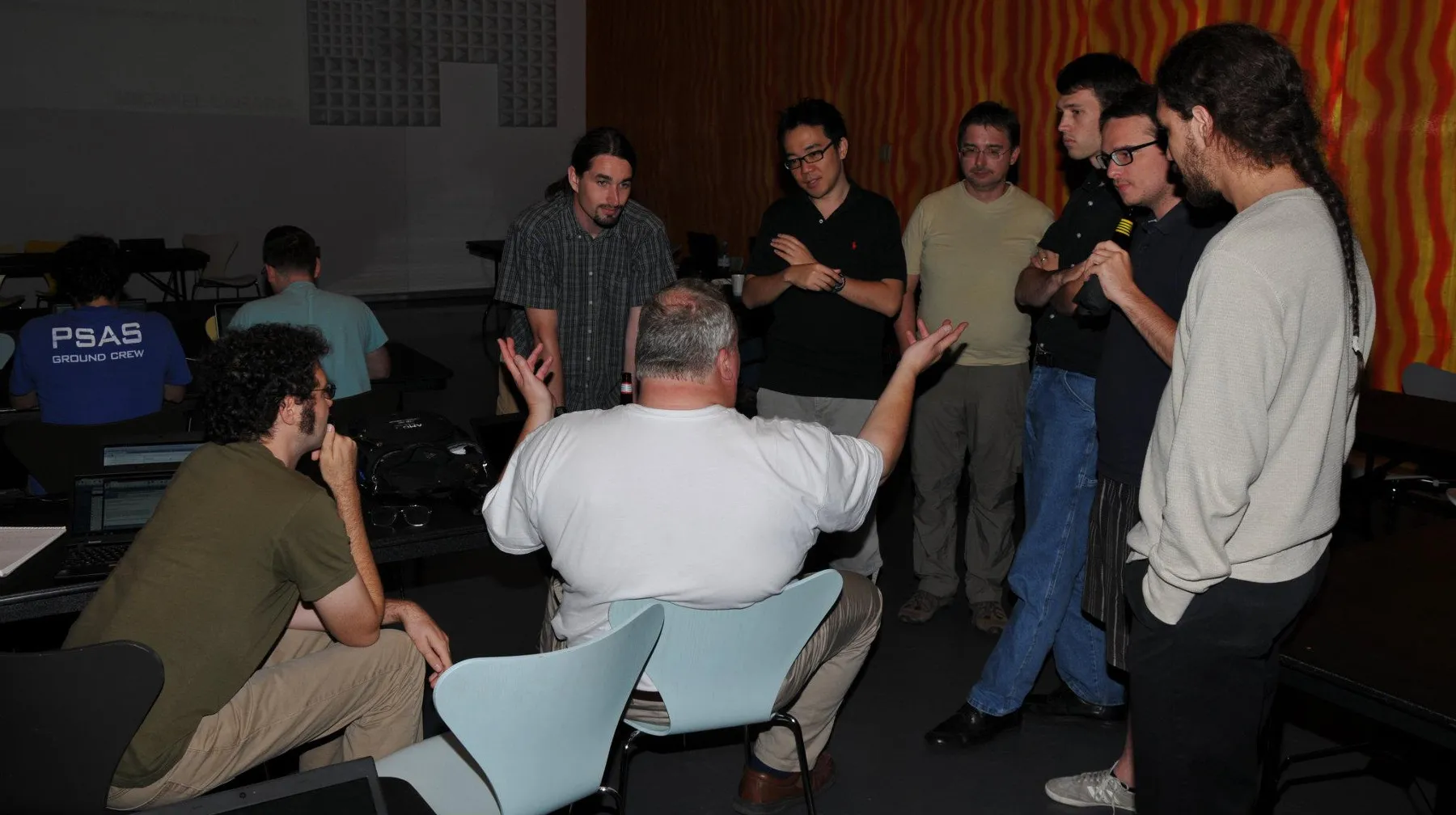A Reddit Refugee. Zero ragrets.
Engineer, permanent pirate, lover of all things mechanical and on wheels
moved here from lemmy.one because there are no active admins on that instance.
- 11 Posts
- 289 Comments

 4·4 days ago
4·4 days agoNow if only they could start building usable engines, it’d be great.

 291·13 days ago
291·13 days agoIt might, after years and years.
Thr problem with snap tariffs is it doesn’t give the economy time to reorient. All of that overseas industrial capacity providing those imports has taken decades to ramp up, while US capabilities have atrophied badly. It will take many years for US manufacturing to fully catch up, and in the mean time the 50% or more price increase on tons of basic goods would become baked into the price of said goods and only drive additional crazy inflation.
And even if you ramp them up over time, there is not much business incentive to jump into the water immediately, and you have the same problem.
The article mentions consumer devices but this would also smack basically every single piece of commercial and industrial electronics hardware too and have a lot of knock on effects.
s disabled by default
And how long do you think that will last? They only changed it to opt-in after millions of enterprise IT cybersec directors screeched in agony. And with all of these monopolies, getting a backpedal concessionis only hitting a temporary pause button for them to wait two years and try again.
“You don’t have to use it” has never worked as a defense against Microsoft ever, Recall exists as the greatest possible privacy violation and should not even be a legal feature.

 39·18 days ago
39·18 days agoToo hard to manipulate the algorithm with ai spam, disguised ads and propaganda if users can see all the videos at the top of their recommended feed have 20 views.
You must only view what the Corporation approves.

 42·23 days ago
42·23 days agoBut, Calling and threatening “I want to cancel” is the only way to get them to lower the $120 fuck-you price back to the market accurate $40 I signed up for.

 825·24 days ago
825·24 days agoMoving goal posts!

 851·26 days ago
851·26 days ago“Narcissistic domestic abuser claims the exit doors that are locked from both sides are just for the protection of their spouse and its in their best interest to be secure”

 79·28 days ago
79·28 days agoAs with all these services, the “disagree” option is “stop using our devices and services” which really should be illegal when it’s tied to hardware you already bought it and the terms changed after the fact.

 505·1 month ago
505·1 month agoI already don’t shop at my local Kroger owned store because they’re anti union cuntfucks, this is just icing on the cake to never enter their stores ever again.

 141·1 month ago
141·1 month agoDamn! And I thought I knew all the weird nooks to find books online… I have much to learn

 171·1 month ago
171·1 month agoOh thats a super off the wall book. It barely exists anywhere let alone an ebook. I stand corrected and humbled.

 281·1 month ago
281·1 month agoDamn it’d be a shame if someone DM’ed me the name of the book and I had to go looking to see if there’s an epub/pdf version available for download in certain places. A real shame indeed.

 80·1 month ago
80·1 month agoThey likely were for outdoor units. An outdoor box in a hot climate exposed to the sun could easily reach 160f internally, and that’s hot enough to start softening and potentially warping the DVD plastics or causing problems with the LCD control screen.
Ah okay, yeah they probably don’t have the backend servers for it as it has grown slowly if at all over the past year. Revolt is meant to be run on independent self hosted backends similar to Lemmy (only without federation) but humans are going to be humans, and simply pile into the one largest, most common Revolt instance and cause huge traffic problems.
Revolt: Voice chat is not stable. They do not accept new registrations.
That’s news to me. Where do they not allow new accounts signing up???

 1·1 month ago
1·1 month agoAbsolutely. 3D stacking is becoming viable too, as AMD has proven with their X3D chips with massive gobs of L3 cache stacked on top of the logic dies. Vertical stacking and sheer die size is going to make total power density only continue to go up.

 3·1 month ago
3·1 month agoYup, that’s basically what I mean. Free transistor density increases via node shrink to improve processor performance are long gone, and the cost to get usable yield out of the smaller nodes is now increasing exponentially due to the limits of physics

 6·1 month ago
6·1 month agoSwitch 2 will have the hardware Switch 1 should have had and allow a lot better playability at higher TV resolutions I bet.















??? i was talking about car engines? Hyundai’s Theta engine series has been cursed with design flaws and horrible machining quality for so many years now that I don’t really trust any of their vehicles enough to even consider switching to one.